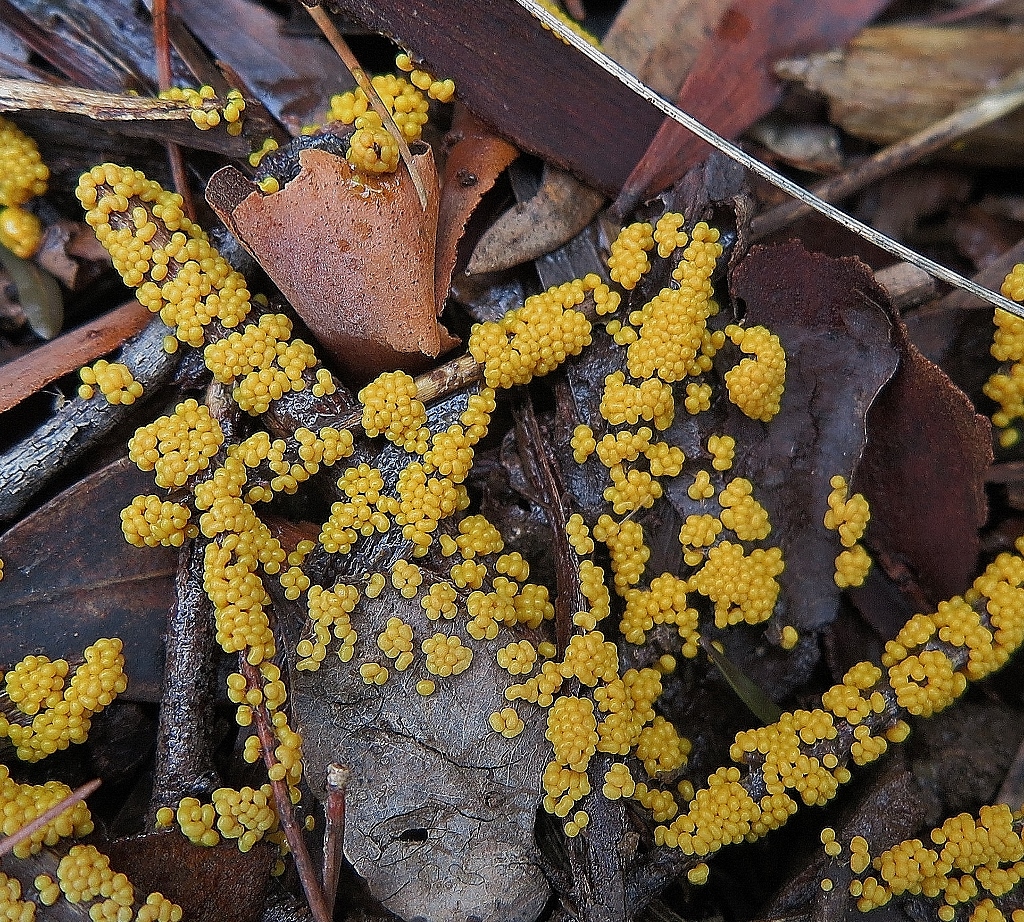
Trichia affinis (slime mould) Castlemaine garden 15 6 19 (8) (1024×922) Friends of the Box
Slime moulds belong to the amoebozoa (Burki et al. 2020), a group which includes forms of life such as amoeba. They are split into two groups, the acellular (plasmodial) and the cellular slime moulds.
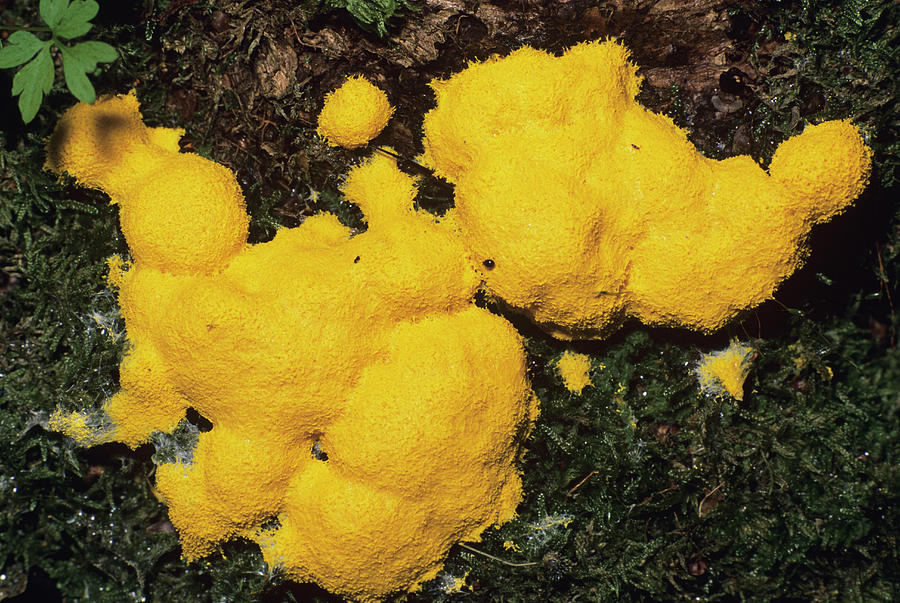
Slime Mould Photograph by Sinclair Stammers/science Photo Library
Slime molds first came to scientific fame in the mid-20th century with the work of the Princeton biologist John Tyler Bonner. Dr.. Australia, where Madeleine Beekman is a researcher. Dr.
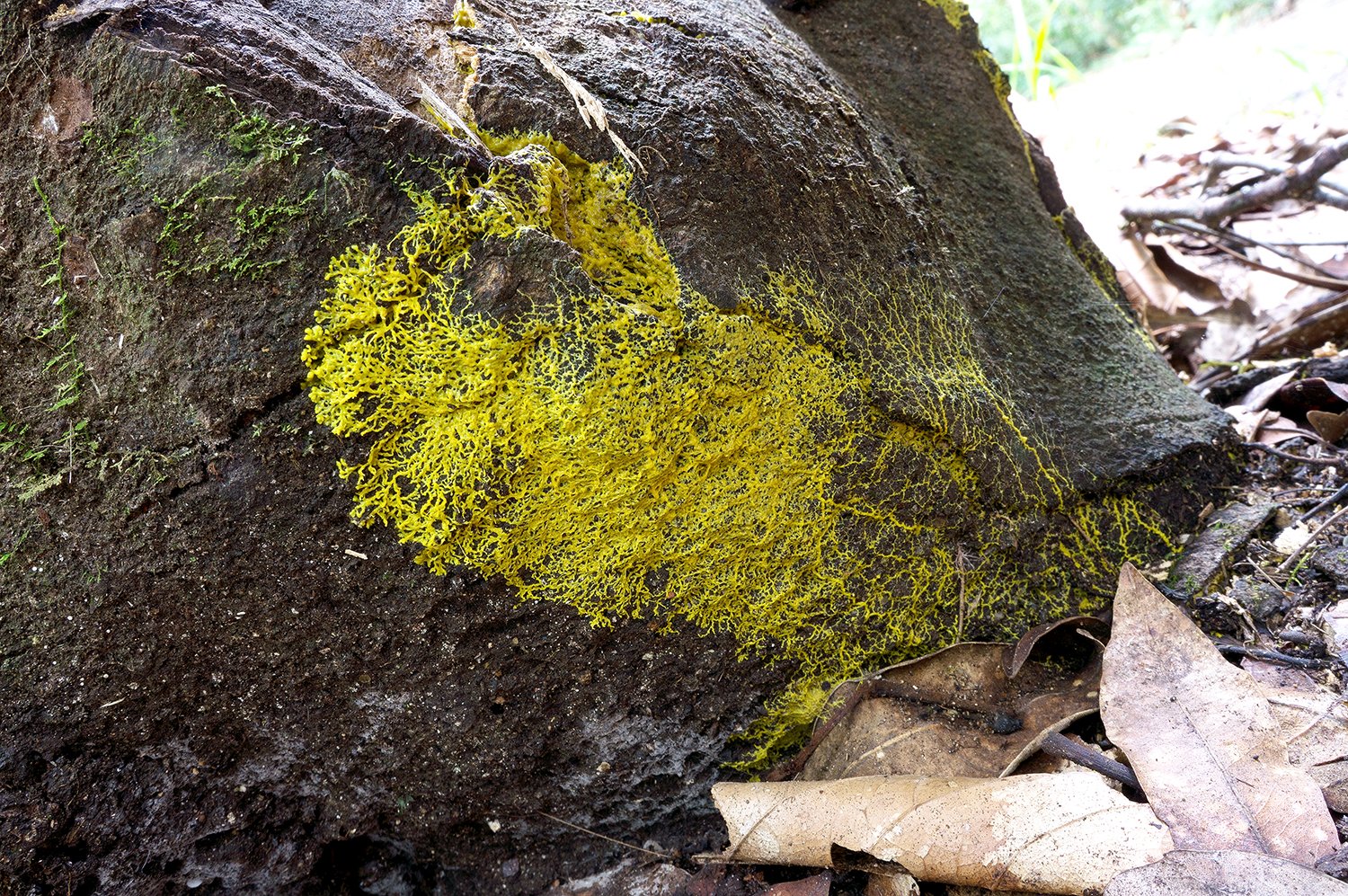
The weird world of slime mould Australian Geographic
The Atlas of Living Australia acknowledges Australia's Traditional Owners and pays respect to the past and present Elders of the nation's Aboriginal and Torres Strait Islander communities. We honour and celebrate the spiritual, cultural and customary connections of Traditional Owners to country and the biodiversity that forms part of that.
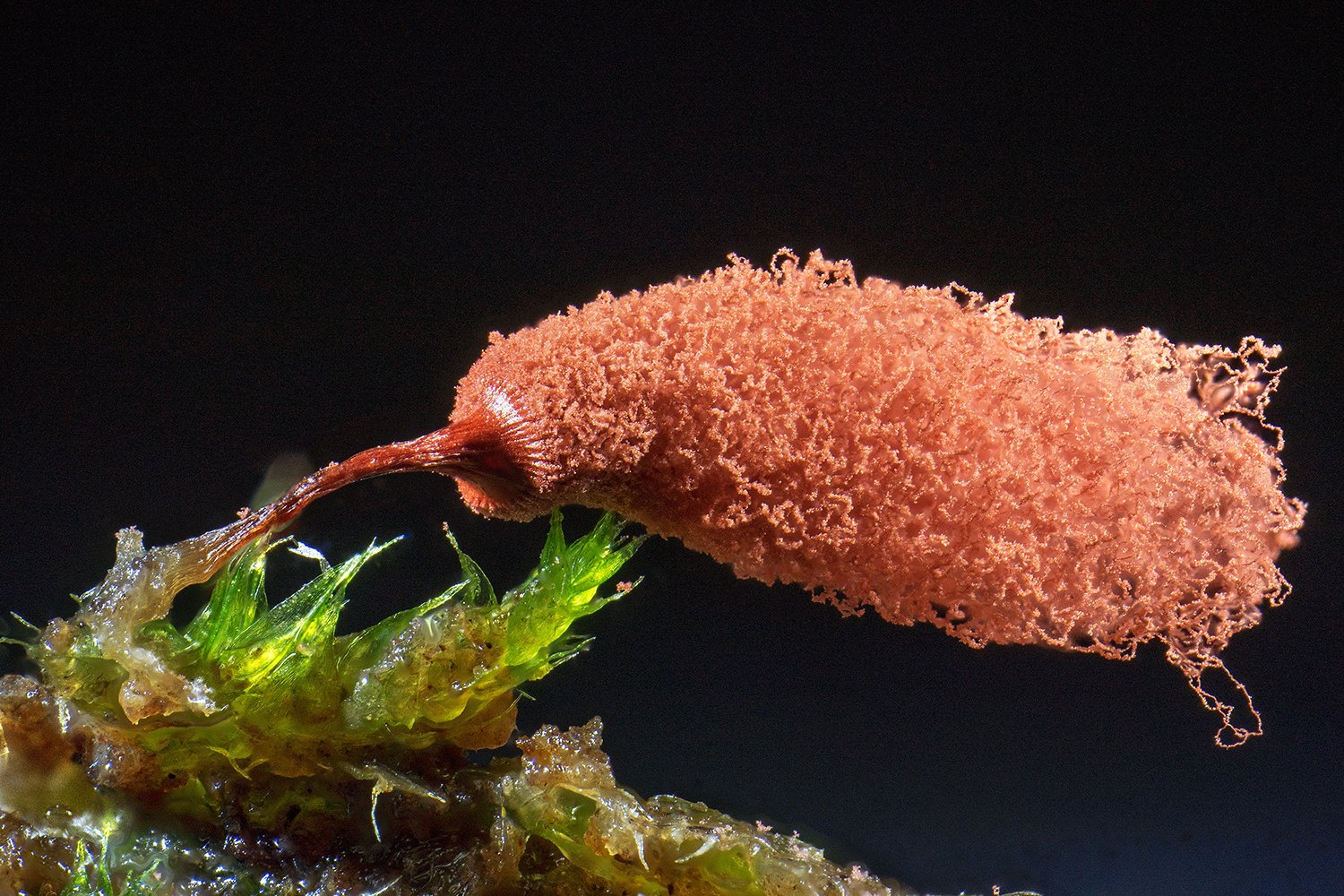
The weird world of slime mould Australian Geographic
18 February 2020 1 new species Clastoderma confusum (Myxomycetes: Amoebozoa), a remarkable new species of slime mould from Western Australia Karina J. Knight and Carlos Lado Nuytsia 31: 35-40 https://florabase.dpaw.wa.gov.au/science/nuytsia/942.pdf Taxonomy Australia blog:
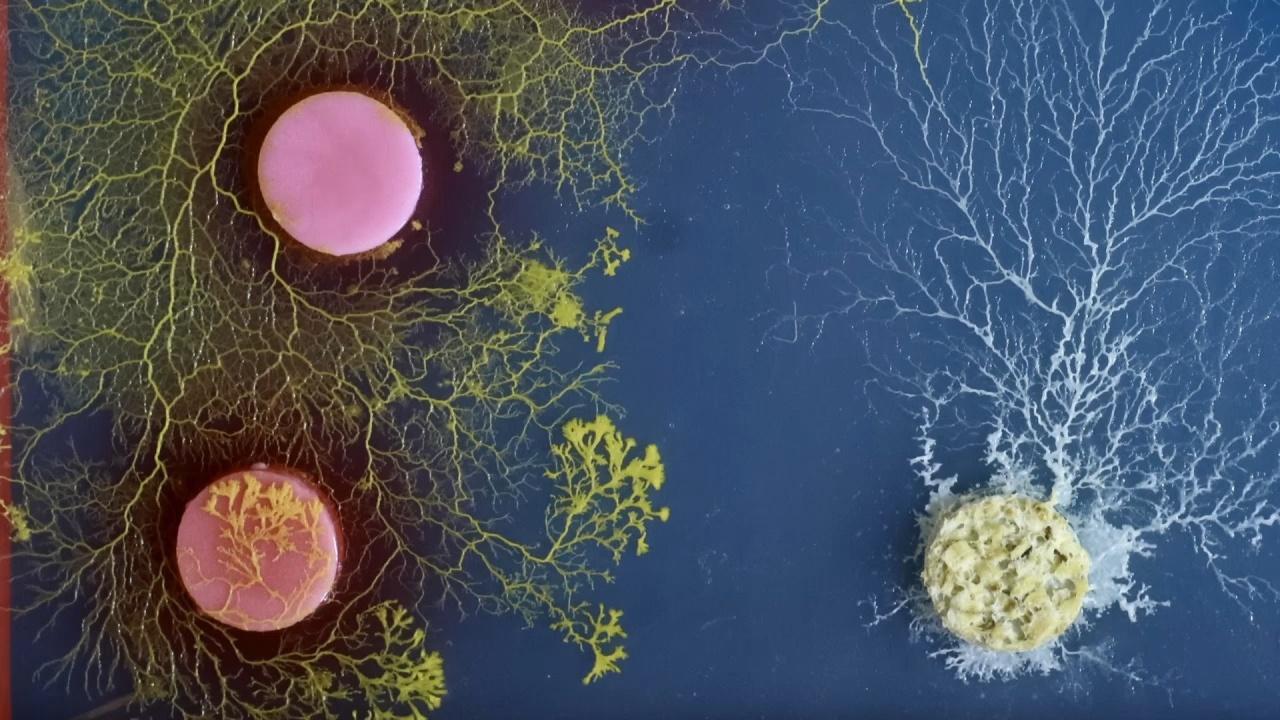
The Great Australian Slime Mold Bakeoff NOVA
Science In the heart of the forest, one woman built a house of slime Sarah Lloyd built a house of slime. She keeps slime mould in match boxes stacked in her house. She is not alone. Some scientists keep slime mould as 'pets' - and theirs are solving mazes, designing transit networks, even learning. Liam Mannix November 13, 2023

The weird world of slime mould Australian Geographic
protoctista slime molds taxonomy 'Slime mould' is a not a term that elicits excitement in most people, nor does it conjure up images of great beauty. But slime moulds must be among the most remarkable of organisms!

The weird world of slime mould Australian Geographic
Slime moulds belong to the subdivision Plasmodiogymnomycotina II, and the class Myxomycetes. Originally, the slime moulds perplexed biologists, as they did not seem to completely fit the classification of either animals or plants, but they shared some characteristics of both groups.
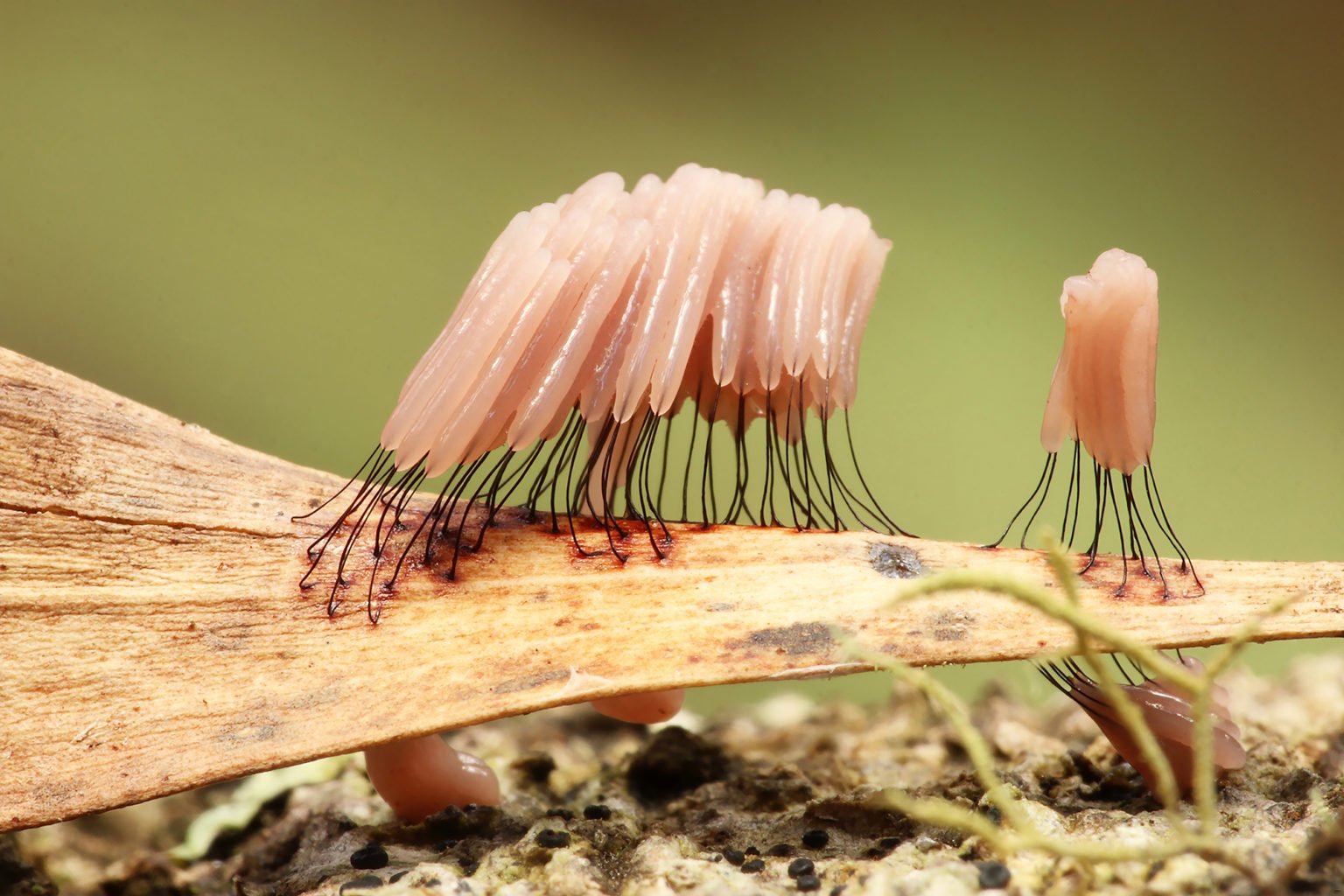
The weird world of slime mould Australian Geographic
Slime mold or slime mould is an informal name given to a polyphyletic assemblage of unrelated eukaryotic organisms in the Stramenopiles, Rhizaria, Discoba, Amoebozoa and Holomycota. Most are microscopic; those in the Myxogastria form larger plasmodial slime molds visible to the naked eye.
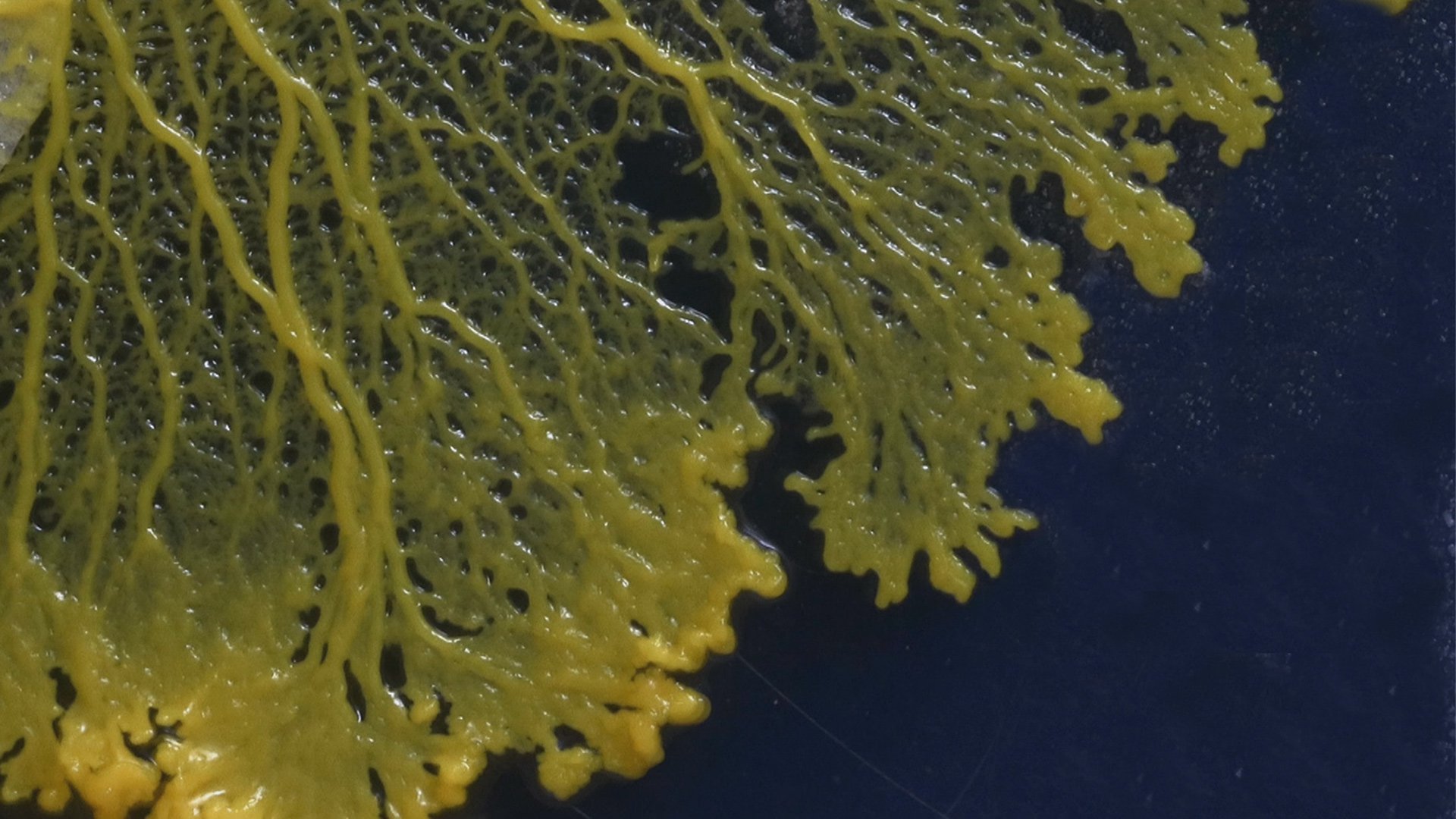
The Great Australian Slime Mold Bakeoff NOVA PBS
In Plasmodial Slime Moulds you will generally see either the plasmodium stage of the life cycle, during which the slime mould feeds on decaying organic matter and other minute organisms, or the spore formation stage (or fruiting bodies). Examples of the plasmodium stage can be viewed here: Myxomycete plasmodium
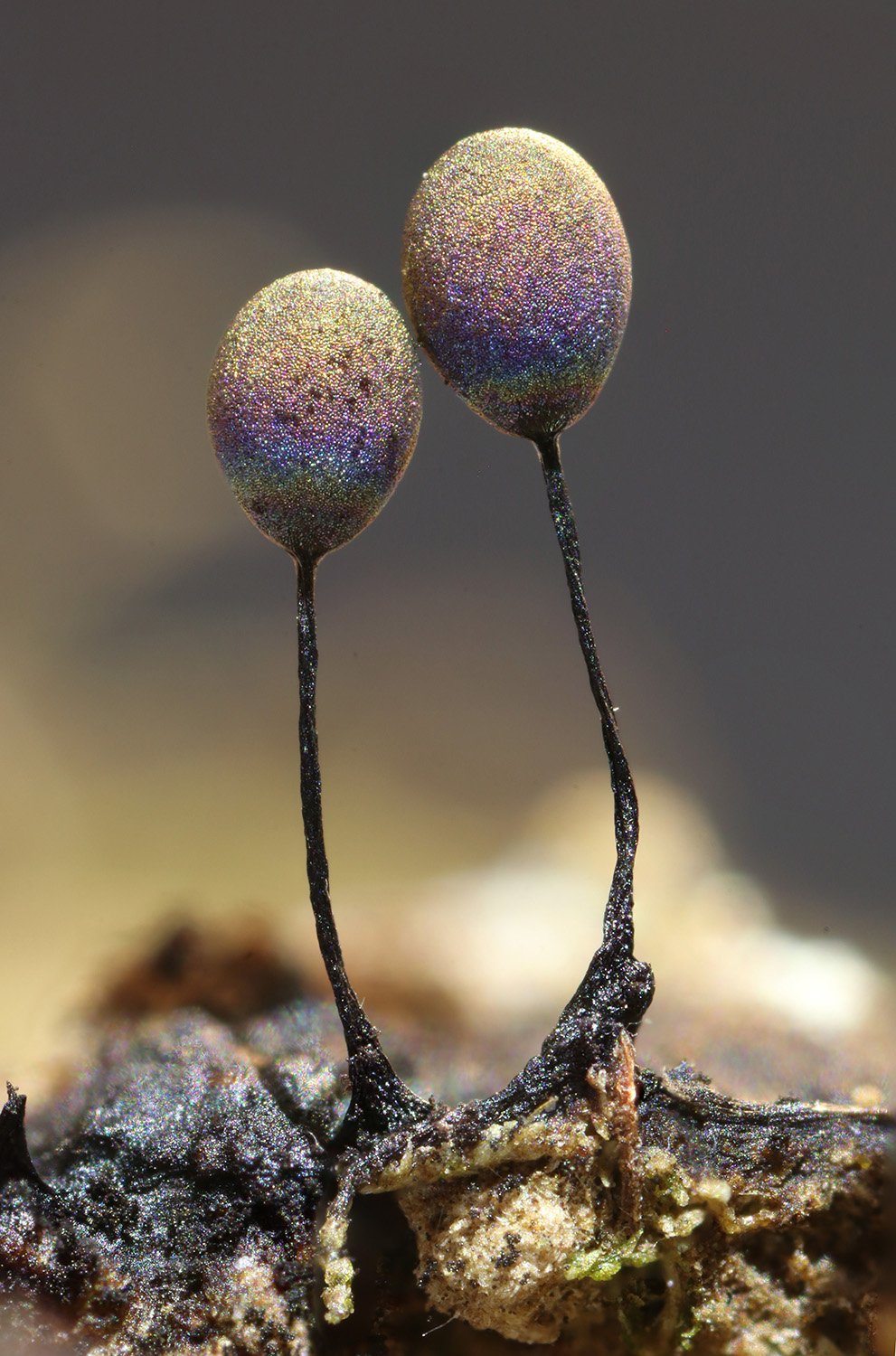
The weird world of slime mould Australian Geographic
Slime moulds appear as patches of watery or jelly-like slimy material that covers the surface of the soil, pasture, lawns, fallen leaves, or mulch on garden beds. After a few days the jelly-like material produces fruiting bodies that are commonly ash grey, though in some instances they may be bright yellow or red.

The weird world of slime mould Australian Geographic
Physarum and other so-called "acellular slime molds" (named for their many free-floating nuclei) are super gross, super cool organisms with no brain or nervous system—yet seem somehow.

Vic Tas Stephen Axford Slime mould, Fungi, Mushroom fungi
3. Slime is actually beautiful (at least to me) The yellow colour is amazing. It forms these networks of tubules and waves of migrating slime that can create beautiful patterns. Sometimes I just like looking at it. 4. Thrives off a diet of oats and water. Slime mould loves to eat oats!

Secretive Slime Moulds Myxomycetes of Australia Nokomis
Slime moulds, or myxomycetes, come in several different forms which can alter according to light, air and their immediate natural environment. They feed on bacteria and other single-cell organisms to recycle nutrients in the soil. Ms Lloyd has about 1,700 match boxes full of slime moulds.

The weird world of slime mould Australian Geographic
Slime moulds are primitive, single-celled organisms that live mostly in moist terrestrial habitats. They feed on bacteria, fungi and decaying organic matter. The behaviour of slime moulds can be as odd as their appearance. Time-lapse photography has shown it pulsating in the direction of food.

The weird world of slime mould Australian Geographic
Scientists are turning to ants, bees — and even slime mould — to help build better cities. IT lives on the forest floor but "the blob" could be the key to changing all of our everyday lives.

Slime mould, Stemonitis sp. Australia Slime Mould, Fungi, Liz, Molding, Nature Photography
"Slime Molds is a journal dedicated to mycetozoans (myxomycetes, dictyostelids and other amoeboid organisms). It is a project with the premise of disseminating as much as possible the scientific, artistic, educational and technological outcomes of the human interest in these organisms.